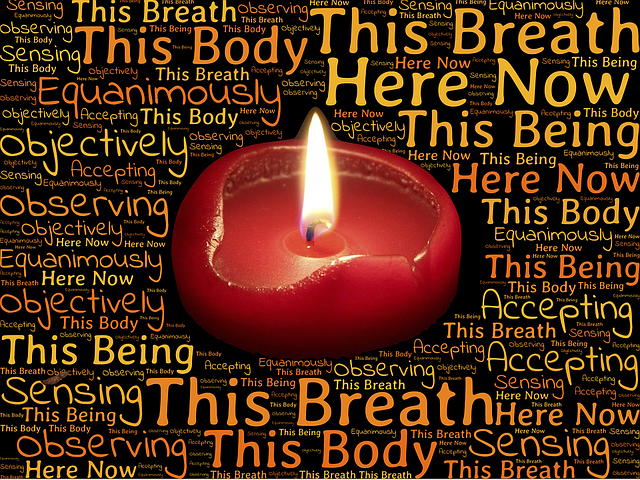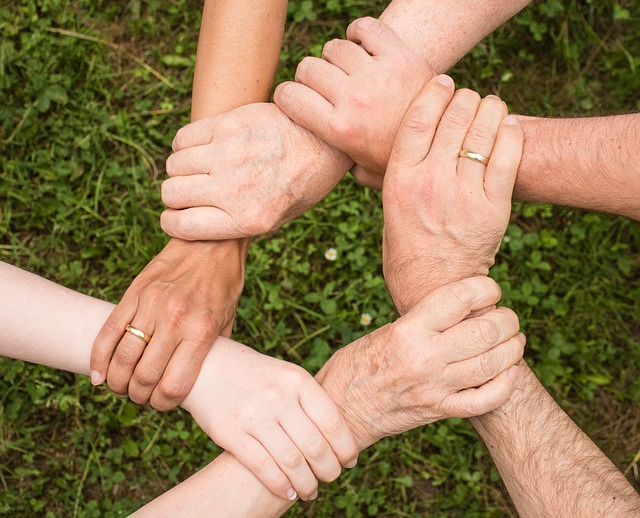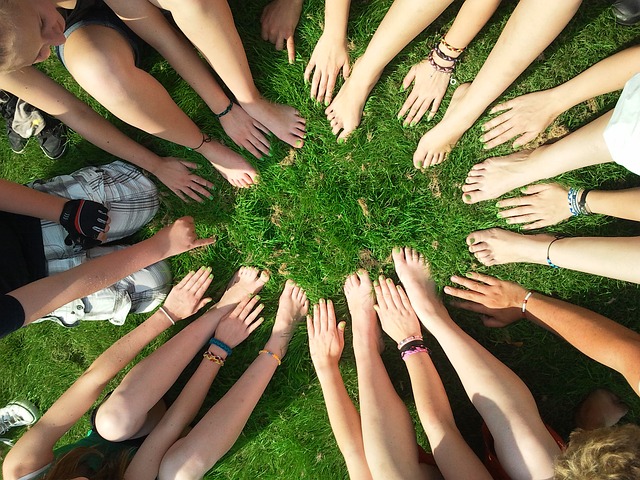In the previous post, I addressed the need for trauma-sensitive mindfulness. One of the observations of David Treleaven mentioned in the post, was the need for meditation teachers to develop an awareness of, and sensitivity to, the presence of people who are experiencing, or have experienced, trauma. Failure to do this could lead to mindfulness activity that generates trauma stimuli leading to re-traumitisation. Being trauma-sensitive means understanding the signs of post-traumatic stress as well as having the presence of mind to modify mindfulness practices to take account of people’s needs in this condition.
Recognising the signs of post-traumatic stress
Trauma results where a person experiences an overwhelming amount of stress that exceeds their ability to cope and deal with the emotional fallout from that experience. The effects vary with each individual and the nature of the traumatic event. Traumatic events can include the loss of a sibling or parent through death, separation from a parent at a young age, a life-threatening car accident or terrorist event, separation and divorce, a house fire, physical or sexual abuse or a natural disaster.
This variability in the nature and impact of traumatic events, and the individual’s reluctance to disclose through shame or the need to comply with an authority figure, means that it is often very difficult to ascertain whether a person has suffered from trauma and is experiencing post-traumatic stress disorder (PTSD). According to several reports, up to 20% of people who experience a traumatic event together will experience post-traumatic stress disorder.
Trauma can impact a person’s thoughts, emotions, perceptions, level of arousal/reactivity and mood. It can be reflected in behavioural change such as avoidance of a person or location, inability to sleep or sleeping too much, reliving the trauma through nightmares or flashbacks or withdrawal from social contacts or work colleagues. The attendant emotions could be depression, anxiety and feeling unsafe. Thoughts of suicide can also be one of the signs of post-traumatic stress disorder.
The role of memory and embodiment
Peter Levine, in an interview with Serge Prengel, discussed the role of memory in trauma and post-traumatic stress disorder. Peter is the author of the book, Trauma and Memory: Brain and Body in Search of the Past – A Practical Guide for Working With Traumatic Memory. His book is ground-breaking in that he highlighted the role of “implicit memory” and showed how to treat trauma sufferers by accessing the “complex interplay of past and present, mind and body”. He termed his methodology, “somatic experiencing”.
In the interview, Peter stressed that we have several different forms of memory and the ones that are particularly relevant to trauma are episodic or autobiographical memories, emotional memories and procedural or body memories. Episodic memory, also termed “defining moments” by Serge the interviewer, though low in emotive content are nonetheless impactful. For example, Peter describes a teacher who acted as a mentor to him and instead of blaming him for poor judgement encouraged him to learn and explore his curiosity. Other mentors in his life as he progressed through his studies modelled similar behaviour. This, in turn, led him to a career choice as a professional mentor – so the episodic memory acted as a “trajectory” for his progress in life.
Emotional memories, on the other hand, “though further out of the realm of awareness” are “very powerful and compelling” and shape how we behave in our life. Some interaction from the past is encoded with a very strong emotion such as sadness, anger or fear. The emotional memory can interfere with a current relationship when something or somebody acts as a reminder of the past interaction so that we can be overwhelmed with either a very strong negative or positive emotion.
While emotional memories operate at a deep level, body memories are deeper still. At one level, they have to do with the acquisition of motor learning and skills, e.g. riding a bike. At another level, they are determinants of our approach or avoidance behaviour. Peter gives the illustration of coming across a former classmate more than 30 years after their schooling and finding that he had a strong desire to approach and reconnect with him. The classmate had been his protector at school when other children tried to bully him – hence his approach behaviour. An example of avoidance behaviour conditioned by body memory is when someone who has previously experienced sexual abuse actually freezes when touched by a loving partner.
David Treleaven reinforced the relationship between trauma and body memory when he stated in his video presentation that “the respiratory system is intimately connected to our sympathetic nervous system which is totally tied to traumatic stress”. He pointed to two books by Babette Rothschild that highlighted the close connection between trauma and body memory, The Body Remembers and Revolutionizing Trauma Treatment. David also explained further why meditation exercises such as mindful breathing can activate trauma stimuli. He drew on the differentiation between exteroception (body’s perception of external stimuli received through the senses) and interoception (sensing conditions within the body such as deep breathing or tightness of the chest). Normally exteroceptors and interoceptors integrate (e.g. the external sensation of viewing a sunrise is matched with the internal sensation of a warm feeling in your chest and a sense of looseness in your hands and legs); with trauma sufferers, “the relationship between interoceptors and exteroceptors can go awry”.
Peter Levine emphasised the need to recognise that we have a “fluid identity” – while our identity is shaped by the past, and the interplay of multiple events and interactions, it is possible to gently, but surely, release the embodied memories and progressively unearth the richness, power and sense of connection of an identity not locked into painful memories. He has dedicated his lifework to training individuals and professionals in understanding the role of the different memories and in learning to use his trauma treatment methodology, somatic experiencing. Other professionals, through an understanding of the mind-body connection, employ somatic meditation to assist trauma sufferers.
Reflection
We can grow in mindfulness as we develop an awareness of the role that memory plays in our own thoughts, emotions, moods and behaviour and learn to recognise the signs of post-traumatic stress in others. As we develop this heightened awareness, we can make appropriate modifications to our meditation teaching and deepen our own meditation practice and reflection.
____________________________________________
Image – Sunrise over the water, Wynnum, Brisbane
By Ron Passfield – Copyright (Creative Commons license, Attribution–Non Commercial–No Derivatives)
Disclosure: If you purchase a product through this site, I may earn a commission which will help to pay for the site, the associated Meetup group and the resources to support the blog.









